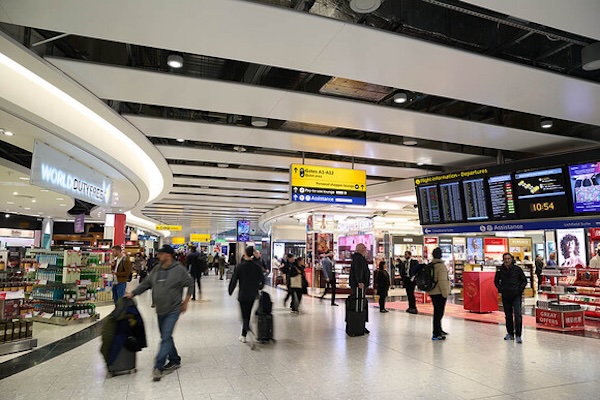Heathrow Airport foresees a record year, reporting a 4.8% passenger rise in April to 6.7 million. Travel to Delhi and Mumbai surges.
Despite this growth, Heathrow criticises government policies for hindering the UK’s aviation competitiveness, calling for supportive strategies.
Heathrow Airport has reported a notable 4.8% increase in passenger numbers, reaching a total of 6.7 million in April alone. This surge positions the airport on a trajectory towards a record-setting year, with total passenger throughput for the year so far hitting 25.2 million. On April 19, Heathrow saw its busiest day since October 2019, handling 1,337 flights in a single day. This uptick highlights its crucial role in connecting passengers globally.
Despite these positive developments in passenger numbers, Heathrow’s growth is being stifled by current government policies. Initiatives such as unnecessary visa requirements for transiting passengers, the lack of tax-free shopping, and proposed increases in business rates are seen as barriers, detracting from the UK’s global aviation competitiveness. The airport’s administration has been vocal in urging ministers to adopt a cross-governmental approach that would bolster the sector’s global standing.
With travel rebounding, destinations like Delhi and Mumbai have risen to become the sixth and eighth most preferred locations for travellers. This increase is significant against the backdrop of traditional leaders such as New York, Dubai, and Doha, which continue to dominate the top spots in popularity. These demographic insights offer a snapshot of shifting travel trends as more passengers choose diverse destinations for business and leisure.
April marked a milestone for Heathrow as Terminal 2 celebrated its millionth flight. An Icelandair flight from Keflavik was commemorated on April 27, preceding the terminal’s upcoming 10th anniversary. Such milestones underscore the terminal’s importance in facilitating international travel and highlight Heathrow’s ongoing commitment to enhancing infrastructure to support increasing passenger volumes. The terminal continues to evolve, adapting to the dynamic demands of global travel.
Woldbye’s proposition is clear: for Heathrow to fully realise its potential and contribute to economic growth, supportive government policies are essential. This includes facilitating seamless travel experiences, encouraging innovation, and reducing redundant regulatory barriers. Heathrow’s leadership envisions a collaborative approach with the government to ensure the aviation sector thrives in a global marketplace.
In conclusion, despite facing stringent government policies, Heathrow is determined to lead in global aviation connectivity. The airport’s commitment to enhancing passenger experience, coupled with strategic infrastructure upgrades, positions it as a crucial player in fostering UK aviation’s growth. However, supportive and coherent government policies remain integral to fully unlocking its potential.
By focusing on strategic growth and addressing challenges, Heathrow is not just preparing for the future but is also actively shaping it. The airport’s proactive approach in urging governmental support highlights its commitment to serving as a pivotal hub in the global aviation network.
Amidst policy challenges, Heathrow is steadfast in enhancing global connectivity, vital for UK’s aviation growth. Supportive policies are crucial to harness its full potential.

